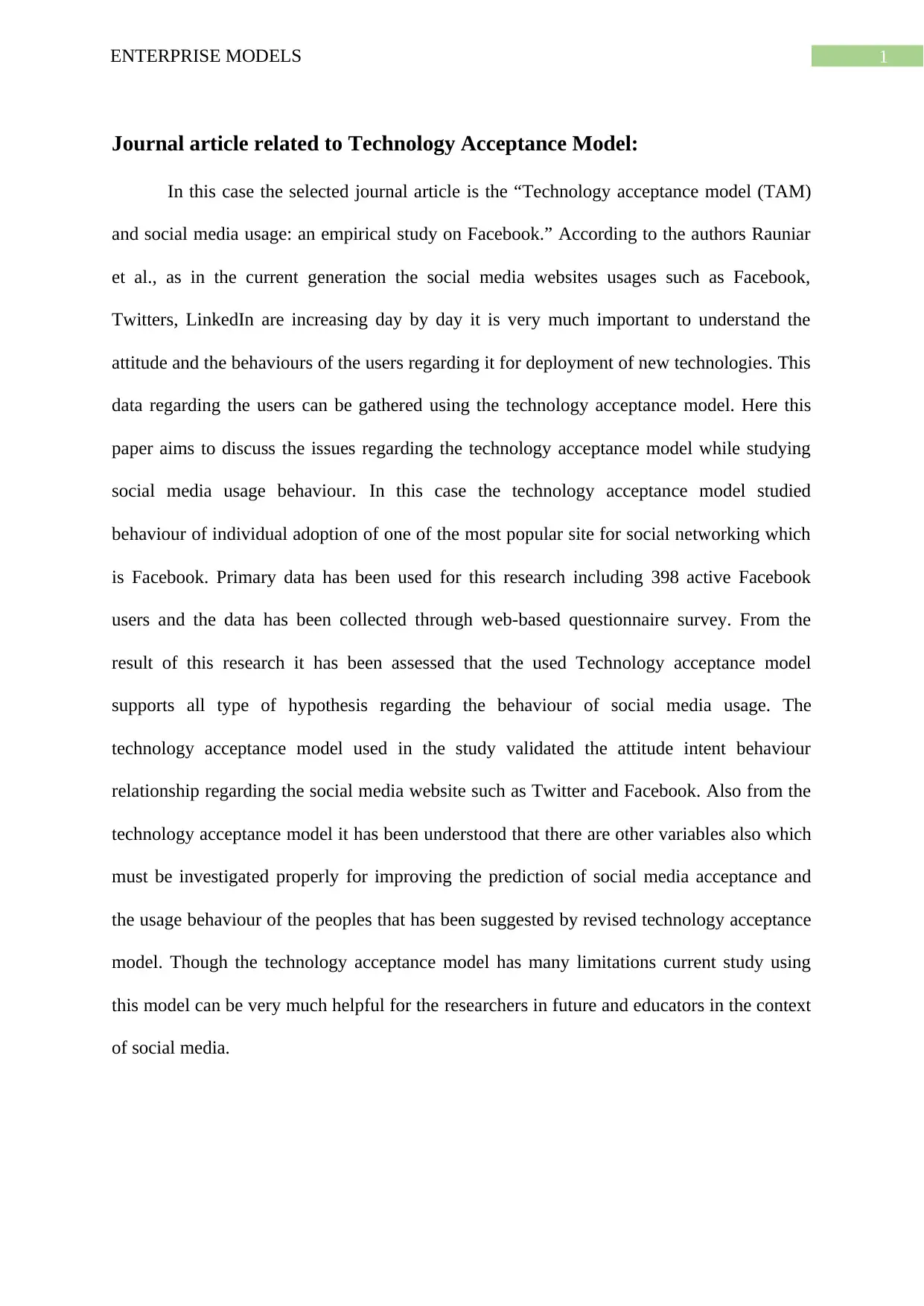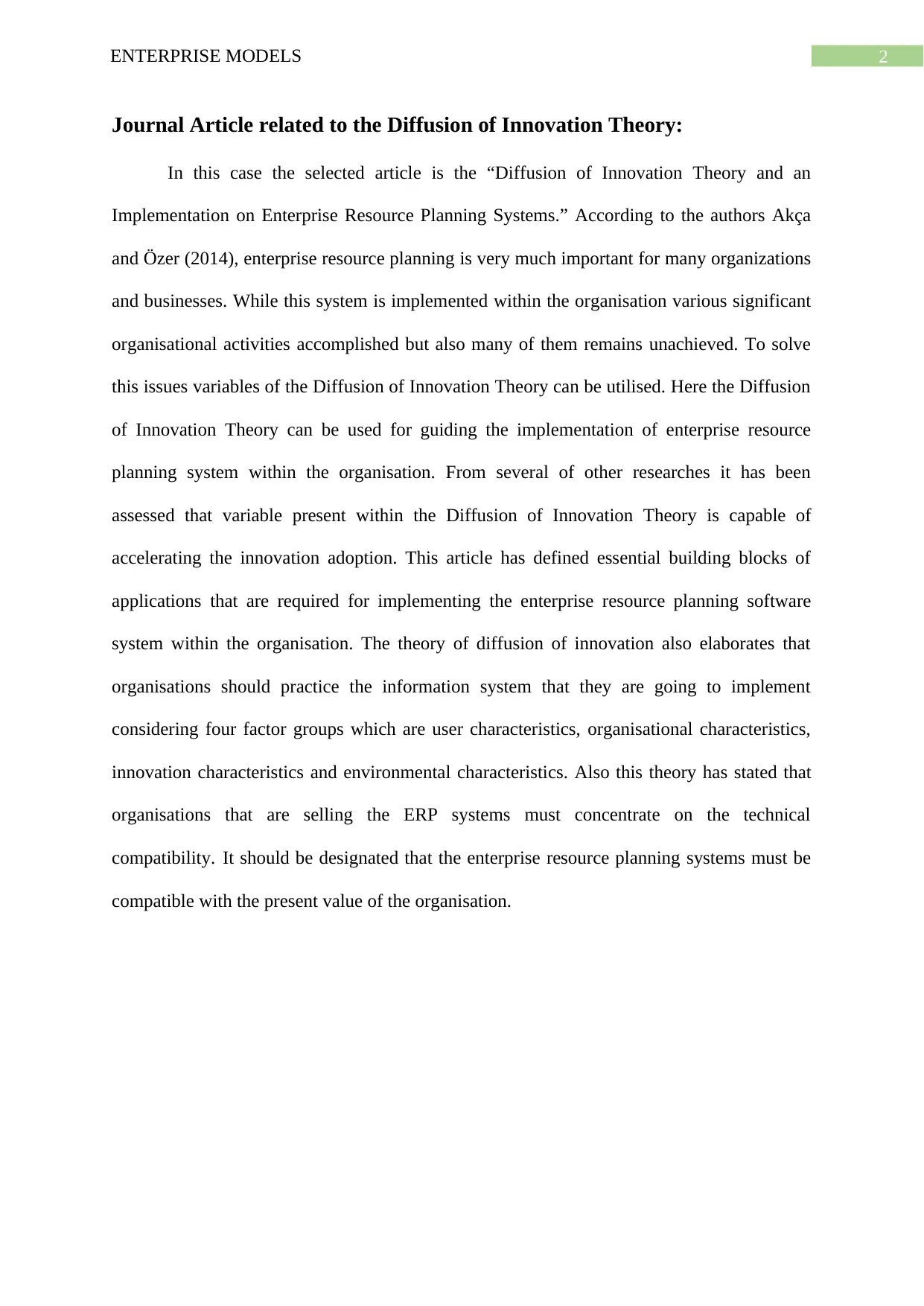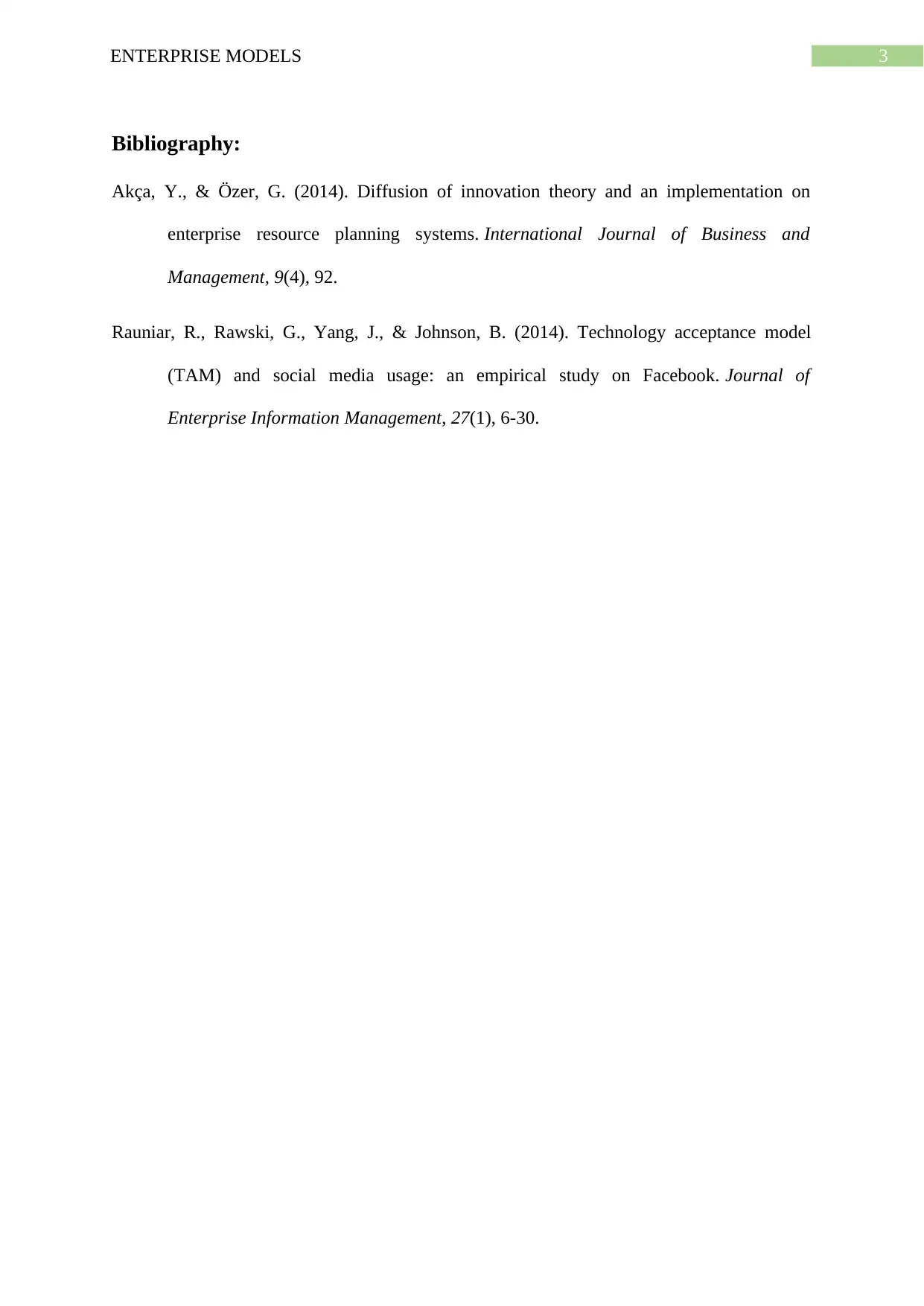BPR Steps, ERP Implementation: A Business Development Analysis
VerifiedAdded on 2023/04/10
|4
|595
|53
Discussion Board Post
AI Summary
This assignment is a discussion board post that explores the relationship between Business Process Re-engineering (BPR) and Enterprise Resource Planning (ERP) implementation. The post begins by defining BPR and its role in achieving dramatic improvements within an organization, emphasizing its importance in transitioning from legacy systems to ERP systems. The post outlines the steps involved in BPR, including capturing the existing state of a process, dissecting the process into separate activities, and designing a new business flow. It also highlights the benefits of BPR, such as improving customer service, automating procedures, reducing costs, and addressing accountability. The post then discusses the close link between BPR and ERP implementation, emphasizing how ERP encompasses the integration of various management functions and how BPR provides a competitive advantage. Furthermore, the post references two journal articles: one on the Technology Acceptance Model (TAM) and social media usage, and another on the Diffusion of Innovation Theory and its application to ERP systems. The TAM article discusses the importance of understanding user behavior in social media for technology deployment, while the Diffusion of Innovation Theory article explains how to use the theory for guiding the implementation of ERP systems within an organization.
1 out of 4










![[object Object]](/_next/static/media/star-bottom.7253800d.svg)